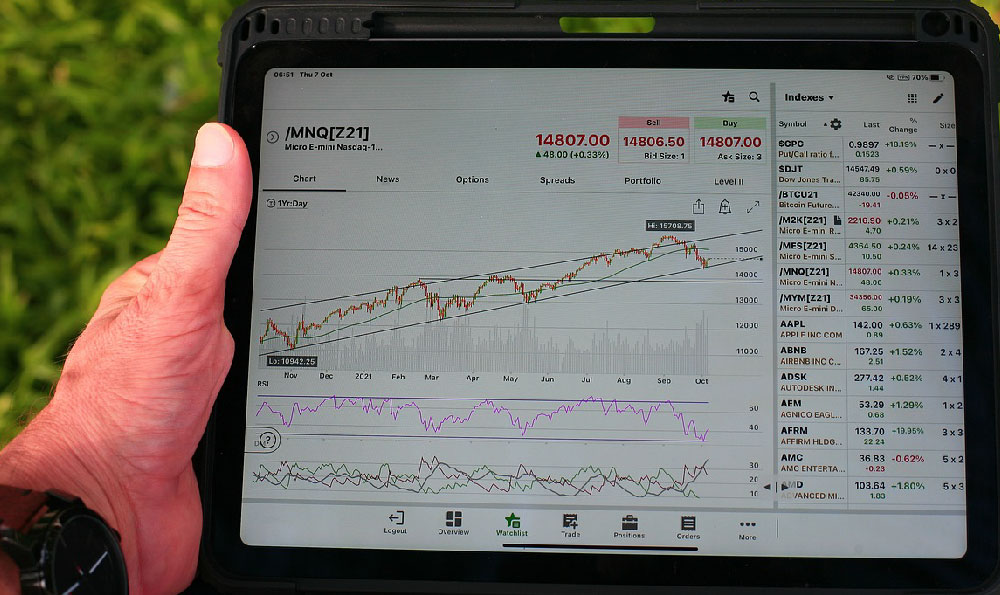Walmart, a retail giant known for its vast selection and low prices, is a significant player in the global economy. Understanding its financial performance, particularly its revenue, is crucial for investors, market analysts, and anyone interested in the retail landscape. To answer the questions "How much money does Walmart make?" and "What is Walmart's annual revenue?" requires delving into the company's financial reports and understanding the nuances of its business model. It's important to differentiate between revenue and profit. Revenue, also known as sales or turnover, represents the total income Walmart generates from selling its goods and services. Profit, on the other hand, is what remains after deducting all expenses, including the cost of goods sold, operating expenses, and taxes. While revenue gives an idea of the scale of Walmart's operations, profit reveals its actual profitability.
For the fiscal year 2023 (ending January 31, 2023), Walmart reported a total revenue of $611.3 billion. This substantial figure underscores Walmart's position as the world's largest company by revenue. This revenue includes sales from Walmart U.S., Walmart International, and Sam's Club. It's important to analyze the performance of each segment to understand the drivers behind Walmart's overall revenue. Walmart U.S. constitutes the largest portion of Walmart's revenue, driven by its extensive network of stores across the United States, coupled with a growing e-commerce presence. Sales at Walmart U.S. are influenced by factors such as consumer spending habits, economic conditions, and competition from other retailers like Amazon and Target. Walmart International encompasses Walmart's operations in various countries around the world, including Mexico, Canada, and China. The performance of Walmart International is subject to fluctuations in currency exchange rates, local economic conditions, and regulatory changes. Different countries have different consumer preferences and competitive landscapes, requiring Walmart to adapt its strategies accordingly. Sam's Club, a membership-based warehouse club, contributes a significant portion of Walmart's revenue. Sam's Club competes with other warehouse clubs like Costco, offering a range of products and services to its members. The growth of Sam's Club is driven by factors such as membership growth, same-store sales, and the introduction of new products and services.
While the $611.3 billion revenue figure is impressive, it's essential to consider Walmart's net income (profit) to assess its true financial health. Walmart's net income for fiscal year 2023 was $11.68 billion. This figure, while substantial, represents a margin of roughly 1.9%. The relatively thin profit margin highlights the competitive pressures Walmart faces in the retail industry, including intense price competition and rising operating costs. Several factors influence Walmart's profitability. Cost of goods sold, which includes the cost of purchasing and transporting merchandise, is a significant expense for Walmart. Efficient supply chain management and effective sourcing strategies are crucial for Walmart to minimize its cost of goods sold. Operating expenses, including salaries, rent, marketing, and technology investments, also impact Walmart's profitability. Walmart continuously invests in technology and infrastructure to improve efficiency and enhance the customer experience. Competition from online retailers like Amazon puts pressure on Walmart's prices and margins. Walmart has been investing heavily in its e-commerce platform to compete more effectively online. Economic conditions, such as inflation and unemployment, can impact consumer spending and affect Walmart's sales and profitability. During periods of economic uncertainty, consumers may cut back on discretionary spending, which can negatively impact Walmart's sales.

Looking ahead, Walmart faces both opportunities and challenges in maintaining and growing its revenue. The company is focused on expanding its e-commerce presence, offering more convenient shopping options to customers. Walmart is also investing in new technologies, such as automation and artificial intelligence, to improve efficiency and reduce costs. Growth in emerging markets presents a significant opportunity for Walmart. Expanding its presence in countries like India and China could drive significant revenue growth in the coming years. However, Walmart also faces challenges, including intense competition, rising labor costs, and the need to adapt to changing consumer preferences. Maintaining its low-price leadership while investing in innovation and sustainability will be critical for Walmart's long-term success. Supply chain disruptions and geopolitical instability can also pose risks to Walmart's operations and financial performance.
Analyzing Walmart's revenue requires considering its various segments, the factors that influence its profitability, and the opportunities and challenges it faces in the future. The $611.3 billion revenue figure for fiscal year 2023 reflects Walmart's scale and dominance in the retail industry, but a comprehensive understanding of its financial performance requires delving deeper into its net income, operating expenses, and strategic initiatives. Remember that focusing solely on revenue can be misleading without considering the profitability and the factors that contribute to it. For investors and analysts, understanding these nuances is essential for making informed decisions about Walmart and the broader retail sector. Understanding Walmart's annual revenue is not just about the numbers; it's about understanding the complex interplay of economic forces, competitive dynamics, and strategic decisions that shape the performance of this retail giant. The company's ability to adapt to changing consumer preferences and navigate challenges in the global economy will determine its future success and its continued position as a leader in the retail industry.












